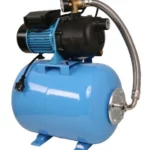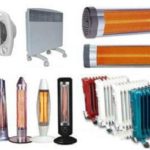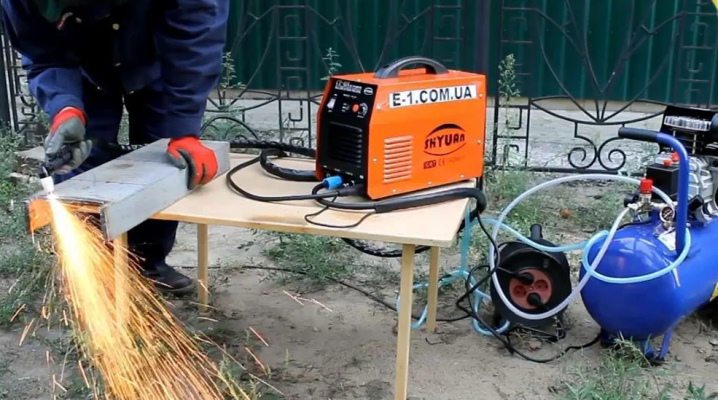Heat pump: what is it, what is it for and scope of application
Probably people who have at least once thought about autonomous heating of their own home have come across the term “heat pump”, but have not fully understood what it is. Today we will try to explain this term in detail.
People are used to getting heat in their homes from burning something. For example, previously every private house had a wood-burning stove. People burned wood, coal and heated their homes. In principle, this method of heating has been preserved to this day, but is becoming less and less common. In cities, gas, coal and oil products are burned to heat high-rise buildings. That is, the principle of obtaining heat remains the same: you need to burn something to make it warm.
But you need to understand that this method of generating heat cannot last forever. Sooner or later, resources for combustion will begin to run out. This thought haunted many people, so they began to think about alternative heat sources.
A heat pump is one of the alternative ways to generate heat. If you look at it, there is a lot of heat around people in the air, water and earth. A heat pump helps generate heat from them without burning anything.
The content of the article
Heat pump - what is it?
A heat pump is a device that generates heat from the environment and delivers it to the home heating system.Heat pumps are powered by energy, but it is not spent on heating the home, as in an electric fireplace, but on transferring heat from the environment into the home. Thanks to this approach, the efficiency of the expended energy is much higher than with direct heating of a home. Therefore, electricity is saved, which has a positive effect on the environment.
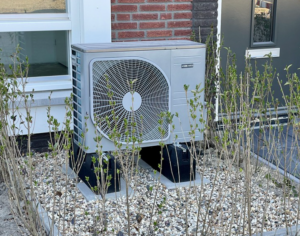
Heat pumps: types
Heat pumps come in three types, depending on how they produce heat:
- Air - generate heat from the air mass.
- Geothermal - produces heat from the ground.
- Water - generate heat from the water of rivers, lakes, seas and underground sources.
The operating principle is simple. A heat exchanger radiator is placed in one of the environments described above, which collects heat from the ground, air or water. With the help of a heat pump, this heat is accumulated, its temperature increases and is sent to the home heating system.
In fact, every person in his life has seen a heat pump in operation. Prominent representatives of these pumps are the refrigerator and air conditioner. Yes, they work for cooling. But a heat pump can work for both heating and cooling. It all depends on how the heat exchange cycle is organized. In a refrigerator, the thermodynamic cycle is organized for cooling. But if you direct it in the reverse order, the refrigerator will work as a heater. No, this does not mean that there is a thermodynamic cycle switch somewhere in the refrigerator. This means that the operating principle is diametrically opposite, but very similar. Because very often, when heating with a heat pump, the system also uses freon as a coolant.
Based on the type of coolant in the input and output systems, heat pump models are divided into 8 categories:
- "earth-water";
- "water-water";
- "air-water";
- "ground-to-air";
- "water-air";
- "air-to-air";
- "freon-water";
- "freon-air".
“Freon-air” is a cooling system in air conditioners and refrigerators. Freon-water, air-to-air and air-to-water are more often used for heating.
Accordingly, the efficiency of the heat pump and heating system will depend on the coolant used and climatic conditions. For example, in hot countries the air-to-air system has proven itself to be excellent. In cooler countries, air-water is more often used, but the effectiveness of this system decreases when frosts below -25 occur. If the frost drops below, the heating system cannot cope and additional heat sources have to be connected.
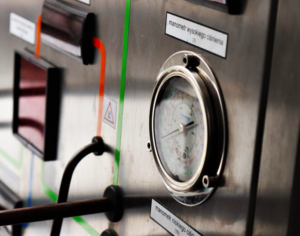
In mountainous regions, the ground-to-air and water-to-air systems are common. Residents of mountain landscapes actively “pump out” heat from the mountains. Moreover, installations can be both horizontal and vertical. In vertical systems, the following principle of heat generation is common:
- digging a deep well;
- a heat exchanger is lowered into it, through which antifreeze, diluted alcohol, freon or just water flows;
- the well is filled with water and the water “brings” heat from the stones to the heat exchanger.
The depth of such wells reaches 170 meters.
In general, the most effective heating method is to collect heat from the ground. This method is good because the soil temperature, even at shallow depths, remains unchanged all year round. The temperature of water or air changes, but the land does not. Therefore, earth heating installations are practically independent of weather conditions.Scandinavian countries are ahead of the rest in using such a system. They are obsessed with green energy and environmental protection, which makes them a little better than other countries. The essence of this method is that the system of radiators must be buried in the ground to a depth of at least 50 centimeters, below the freezing level of the soil. Conventionally, this is 1.2-2 meters “under the ground”. Antifreeze is poured into the radiator system, which will bring the “warmth of the earth” into the house. Antifreeze “drives” the heat pump through the system. The problem with this method is that it is very expensive and pays off in no less than 10-15 years.
Conclusion
A heat pump is an essential part of a heating or cooling system that uses heat from the environment. A heat pump is an electrical device that “drives” heat exchange fluid through the heating system. It is important to buy it when you plan to organize autonomous heating in your home using the warmth of nature.
In our latitudes, this method of heating housing is not very common due to its high cost, labor-intensive implementation and specific climate. If the climate is too cold, this heating method will not cope, so you will still have to use traditional heating.


